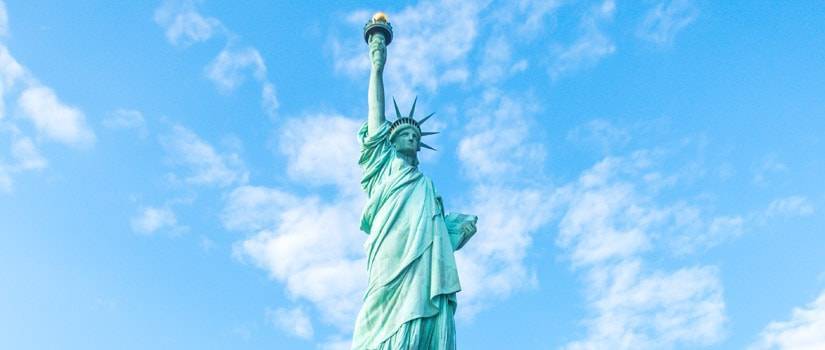New York Turned into the Sound Laboratory of the World

If someone asked me what does New York city sound like, the first things that spring to mind are sirens and honking car horns – after all, New York isn’t known as the city that doesn’t sleep for nothing. But, like many other metropolis around the world, it seems its citizens are waking up to the fact this may not be something to boast about when it comes to cityscape noise pollution.
New York researchers are involved in a unique experiment that hopes to provide their city with the technology to dial down the volume and address its noise pollution problem. The five-year, $4.6m project has come out of New York University which is using the city as one big noise laboratory. Working in unison with residents and city hall, scientists are harnessing new technology to build up a sound library around the city.
The idea is to record the full cacophony of noises across the city and its 8.5m residents using the latest artificial intelligence. The machines will recognise sounds automatically, ultimately giving authorities insight to try and mitigate the noise levels.
Juan Bell heads up the “Sounds of NYC” project and says noise is consistently the number one civil complaint to the city’s non-emergency hotline 311.
New York University buildings were the first to get the sensors followed by Manhattan and Brooklyn. By the end of 2017 there should be around 100 in place.
There is already an array of worldwide studies and research that suggest various health issues, hearing loss, even dips in education performance can all be linked to high levels of noise pollution. These links and features are amplified in areas such as in Manhattan where skyscrapers act as “canyons of sound” and make everything louder.
Funding is coming from National Science Foundation and the sensors are programmed to record no more than 10 consecutive seconds to avoid allegation of eavesdropping on chatty New Yorkers. Researchers hope to index thousands of sounds which ultimately help computers identify the source of a nuisance sound immediately.
What happens then would be down to city officials, budgets available and other obstacles – physical or fiscal – to overcome. Noisy bars and restaurants are relatively easy to deal with as stationary offenders, but how do you deal with short-lived, unpredictable, horn honking for example?
Researchers believe that intervention needs to be faster and more targeted. The first results to come in seem to confirm that the problem is under-reported, perhaps residents have become accustomed to turning a deaf ear to problems – literally.
In time as the experiment progresses, the University team hope to hone their technology and ultimately make it applicable to pretty much any city in the world. But, in the meantime, New York is the noise nuisance lab for the world.
Latest posts by Craig Storey (see all)
- Meet our new rental partner – Accudata Ltd - 2nd March 2023
- Environmental noise monitoring, anytime, any place and anywhere - 25th October 2021
- Cirrus Research is attending the Health & Safety Matters Live Digital Conference This October - 22nd September 2021
